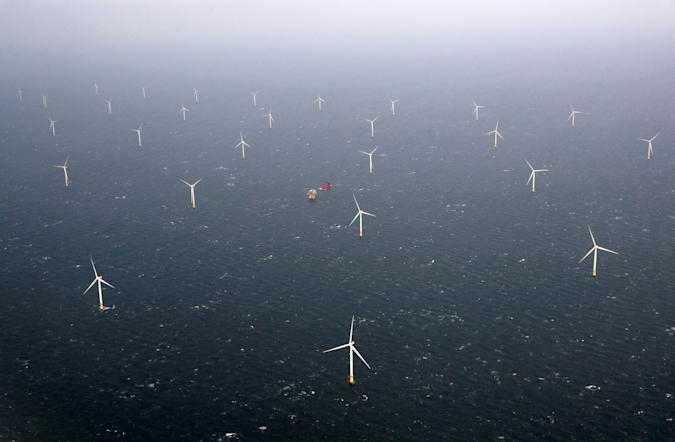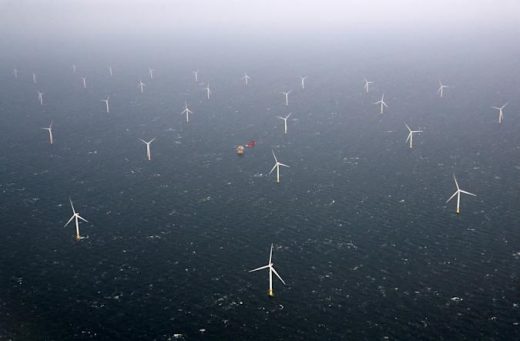Study says Europe is 21 years behind its emissions reduction goals
Europe created more energy from renewables than fossil fuels last year
Solar and wind were up, while coal contines to fall.


Europe is slowly reducing its dependancy on fossil fuels. A report co-published by Ember and Agora Energiewende, two think tanks focused on clean energy, has revealed that the continent generated more electricity from renewables than fossil fuels in 2020. That’s never happened before, according to the joint research team. Wind, solar, hydropower and biomass accounted for 38 percent of Europe’s electricity — up from 34.6 percent in 2019 — while fossil fuels dipped to 37 percent. The largest factors in this clean-energy switch were solar and wind, which rose 15 and nine percent respectively. The countries that grew the most in these apartments were the Netherlands, Sweden and Belgium, according to the co-written report.
Coal and nuclear generation, meanwhile, dipped by 20 percent and 10 percent respectively. (Nuclear is a separate category to renewables and fossil fuels.) Gas remains popular throughout the continent, however. The energy source was still comparatively cheap throughout the pandemic, which is why it fell just four percent during the 12-month period. “Although gas fell in 2020, it is still 14 percent higher than in 2015,” the think tanks explained in their co-written report. “Greece, the Netherlands and Poland saw gas generation rise in 2020.” Wind and solar, therefore, are effectively replacing coal, rather than gas, across Europe at the moment.
The continent has been slowly moving in this direction for some time. And we already knew that some countries, such as the UK, had managed to generate more power from renewables than fossil fuels last year. Still, the milestone is a big one. As Ember and Agora Energiewende note in their report, it appears that the ongoing coronavirus pandemic had little impact on the switchover. Still, there’s work to be done. Biomass growth has effectively “stalled” since 2018, according to the think tanks. There hasn’t been much change in the hydro either — while generation was up from 2019, that was due to precipitation changes, rather than new installations.
According to Ember and Agora Energiewende, Europe needs to triple its solar and wind growth to meet its green deal targets by 2030. “The economic recovery after the pandemic must not be allowed to slow down climate protection,” Dr. Patrick Graichen, director of Agora Energiewende said in a press release. “We therefore need strong climate policies, such as the Green Deal, to ensure steady progress.”
(27)


